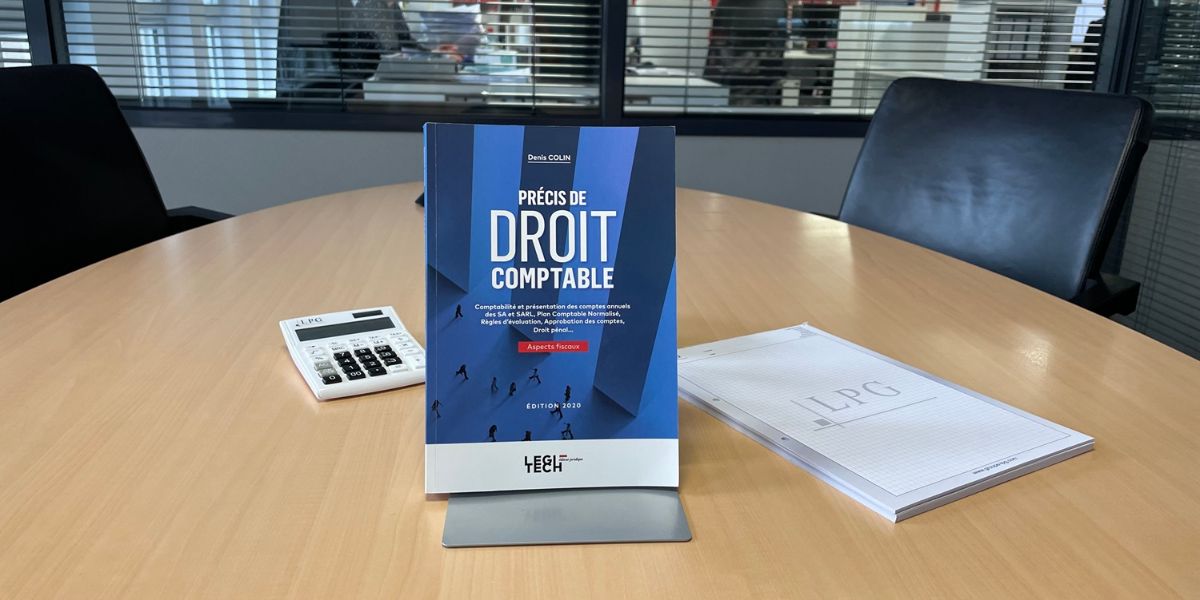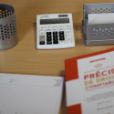ACCOUNTING AND TAX PROVISIONS
Definition
The accounting and tax provision is defined as the "accounting recognition of a decrease in the value of an asset (provision for impairment of assets) or an increase in liabilities due in the more or less long-term (provision for liabilities or charges)". The precise nature of the expense thus recorded is not effective at the year-end, but its future realization is probable due to current events. (Cf Précis de droit comptable Denis Colin, Section II, Chapter 5).
Provisions are of a different nature to accrued expenses (debts which are certain but for which the invoice has not been received at the end of the financial year), depreciation (definitive depreciation), and losses (charges which are certain and for which the purpose, amount and realization are known), with which they are sometimes confused.
Accounting and tax provisions
At the accounting level, the recording of provisions or corrections for depreciation is imposed by at least three of the "main accounting principles enshrined in Luxembourg law", namely the principle of prudence, true and fair view and the independence of financial years.
The provisions recorded must take into account possible subsequent events (fair view) which could lead to a loss for the company (prudence), with the event giving rise to the loss having occurred during the financial year in question (independence of financial years).
For tax purposes, provisions are interpreted as a reduction in taxable profit and are generally not mandatory. They are allowed in most cases because the tax balance sheet must be attached to the commercial balance sheet (art. 40 LIR), except in the case of specifically non-deductible provisions.
Conditions for tax deductibility of provisions
In order to be tax deductible, provisions must meet the following conditions:
- They are only deductible if they cover a charge or loss which is itself deductible;
- They must be clearly specified as to their principle and their amount;
- They must be probable, i.e. neither certain (otherwise it would be a debt) nor contingent;
- They must originate in the current financial year.
It should also be noted that due to its nature, the deduction of a provision is always provisional.
The main not tax-deductible provisions
Certain provisions which correspond to the conditions set out above are specifically excluded by tax legislation. The following provisions come to mind in particular:
1- Provisions related to the valuation of assets at "fair value". (Cf Précis de droit comptable Denis Colin, Section III, Chapter 26)
Since the Act of 10 December 2010, companies have been able to value their assets at their "fair value”. This evolution of accounting law is still awaiting a comparable evolution of the tax rules. For the time being, it is therefore appropriate to continue to value fixed assets for tax purposes at their acquisition or cost price less depreciation (art. 23-2 LIR) and to draw up a tax balance sheet which is different from the balance sheet in the accounts. It should also be noted that Article 32 of the LIR only recognizes as deductible expenses depreciation on a straight-line or declining balance basis.
If a company decides to record an asset "at fair value", it must maintain this valuation method for subsequent accounting periods.
2- Provisions related to the equalisation of expenses.
Article 48-6 LIR expressly excludes from the benefit of deductible provisions "allocations to forecast funds for equalisation of operating expenses" whereas accounting principles require the recognition of this type of provision in order not to distort the results of a financial year. The best-known exclusion is the provision for major repairs, whether to buildings or any other type of equipment subject to occasional maintenance, which only takes place after the financial year has elapsed.
The main accounting provisions
A distinction is traditionally made between provisions for value adjustments (to be recorded as a reduction in the assets side of the company's balance sheet) and provisions for liabilities and charges (to be recorded as liabilities in the company's balance sheet).
Value adjustments themselves combine two different accounting concepts:
- depreciation, on the one hand, which corresponds to irreversible depreciation
- depreciation adjustments, on the other hand, which record a possibly temporary decrease in value of the fixed asset. Depreciation adjustments are often used for classes of assets which are more liquid than tangible or intangible assets (which are rather subject to depreciation), i.e. financial assets (return to better fortunes possible), inventories (possible loss of value due to a fall in the sale price or obsolescence due to an excessively slow disposal) and receivables (justified risk of non-recovery).
The purpose of provisions for liabilities and charges is to record:
- either future expenses which events arising during the financial year make highly probable,
- or significant expenditure which for reasons of good management must be spread over several financial years.
In the first case, this will involve, for example, provisions for litigation or provisions for bonuses payable whose amount of which cannot yet be accurately measured at the year-end, and possibly provisions for paid holidays.
The second case will rather cover maintenance and repair work on atypical fixed assets for which the maintenance or repair does not add value to the asset: for example, a major inspection of aircraft and trains or maintenance of heavy construction equipment. However, as we saw above, these provisions for major repairs will not be tax-deductible.


.jpg/jcr:content/La%20cat%C3%A9gorisation%20des%20entreprises%20(BELVAL).jpg)




